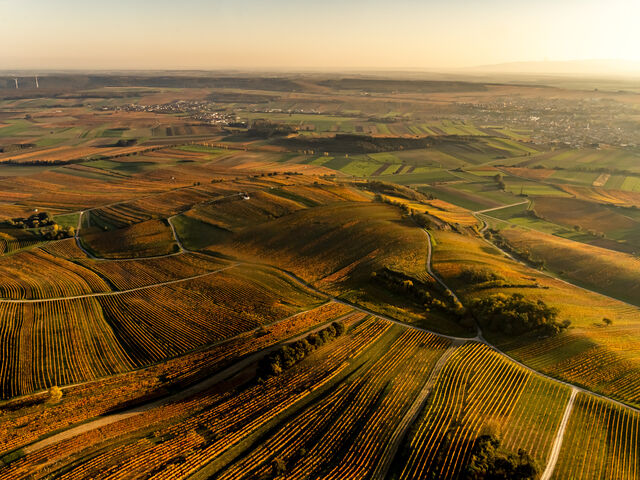New products
Showing all 17 results
Showing all 17 results

Mittelburgenland, located southwest of Lake Neusiedl near the Hungarian border, is Austria’s stronghold for red wine, especially Blaufränkisch. Since the 1970s, the region has developed a distinct red wine identity, officially recognized with the Mittelburgenland DAC designation in 2005. Blaufränkisch from this area is known for its deep color, spicy wild berry aromas, and strong structure, becoming more elegant with age. The main production zones include Deutschkreutz, Horitschon, Neckenmarkt, and Lutzmannsburg. The region’s protected basin benefits from warm, dry Pannonian winds, long sunshine hours, and minimal rainfall—ideal conditions for red varieties. Its heavy loam soils with good water retention are perfect for Blaufränkisch and also support Zweigelt, Cabernet Sauvignon, and Merlot. Three DAC quality levels exist: Classic, Single Vineyard (Ried), and Reserve, differentiated by ageing, alcohol level, and oak influence. Mittelburgenland’s geology includes hard rocks like slate and gneiss in the hills, overlaid by marine sediments of sand, gravel, and clay from the former Lake Pannon. These soils vary in calcareous content and often include iron-rich elements. In the east, loess and fine-grained sediments dominate.